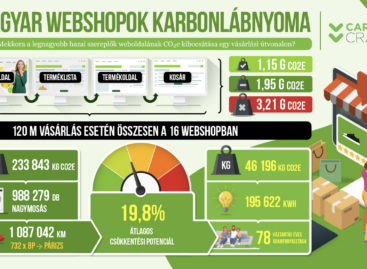Cheap artificial meat available to anyone is coming to the stores
Meat production and the associated emissions are becoming more and more worrying, but at the same time, laboratory meat production can be a potential solution to the problem. According to a recent study published in the journal Cell Reports Sustainability, the production of meat in the laboratory can drastically reduce greenhouse gas emissions by obtaining the meat from stem cell cultures instead of slaughtering animals.

According to a report from the University of California, Berkeley, cultured meat could cut emissions by up to 96 percent, but the main issue right now is price. The production of laboratory meat is extremely expensive, mainly due to special ingredients called growth factors. Depending on the type, one gram ranges from a few hundred dollars to even millions.
However, as a result of research carried out by modifying bovine muscle cells, a solution to the problem has now been found. Researchers at Tufts University have modified bovine muscle cells so that they can produce fibroblast growth factors themselves. In this way, they avoided the procurement of them from an external source, which can significantly reduce the costs of the production of laboratory meat.
Related news
How to prepare Christmas dinner on the kitchen stove?
🎧 Hallgasd a cikket: Lejátszás Szünet Folytatás Leállítás Nyelv: Auto…
Read more >Even though half of Hungarians are stressed about Christmas gifts, we don’t compromise on quality
🎧 Hallgasd a cikket: Lejátszás Szünet Folytatás Leállítás Nyelv: Auto…
Read more >Related news
Investment dumping is coming in the food industry
🎧 Hallgasd a cikket: Lejátszás Szünet Folytatás Leállítás Nyelv: Auto…
Read more >It turns out which online food ordering platform websites are the most sustainable
🎧 Hallgasd a cikket: Lejátszás Szünet Folytatás Leállítás Nyelv: Auto…
Read more >Customers are also looking for the record-breaking iPhones in refurbished versions
🎧 Hallgasd a cikket: Lejátszás Szünet Folytatás Leállítás Nyelv: Auto…
Read more >






